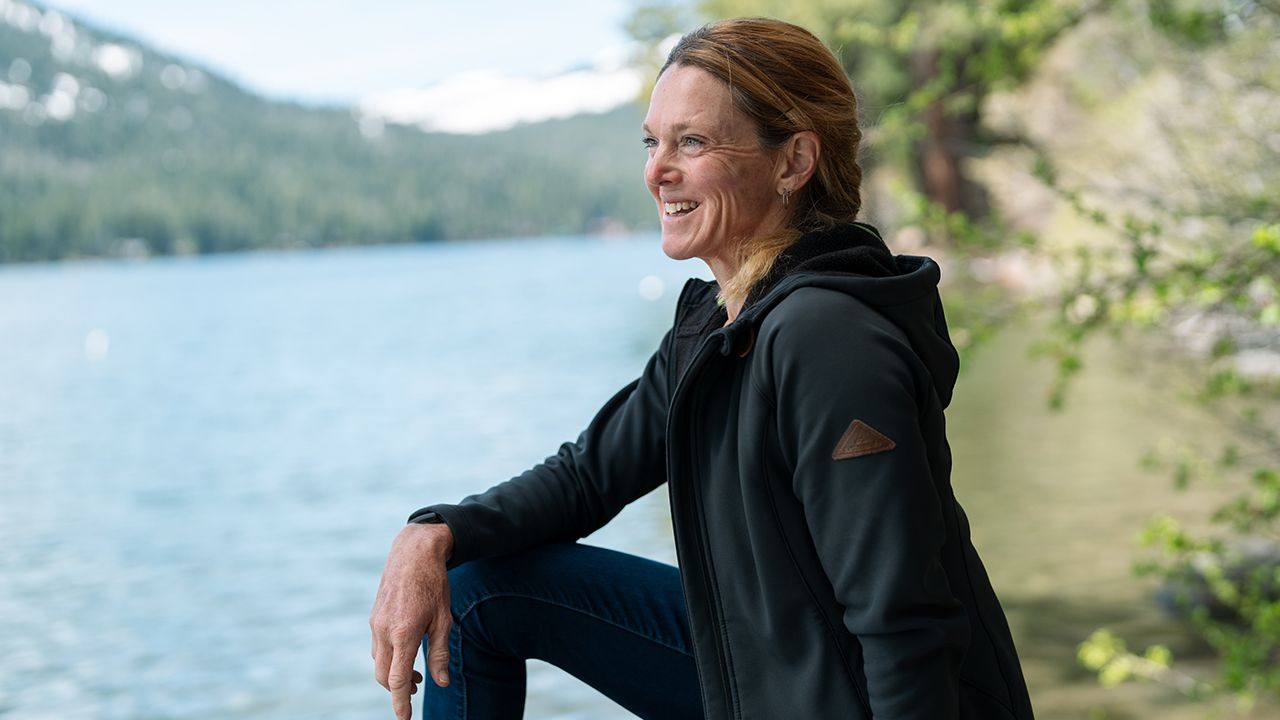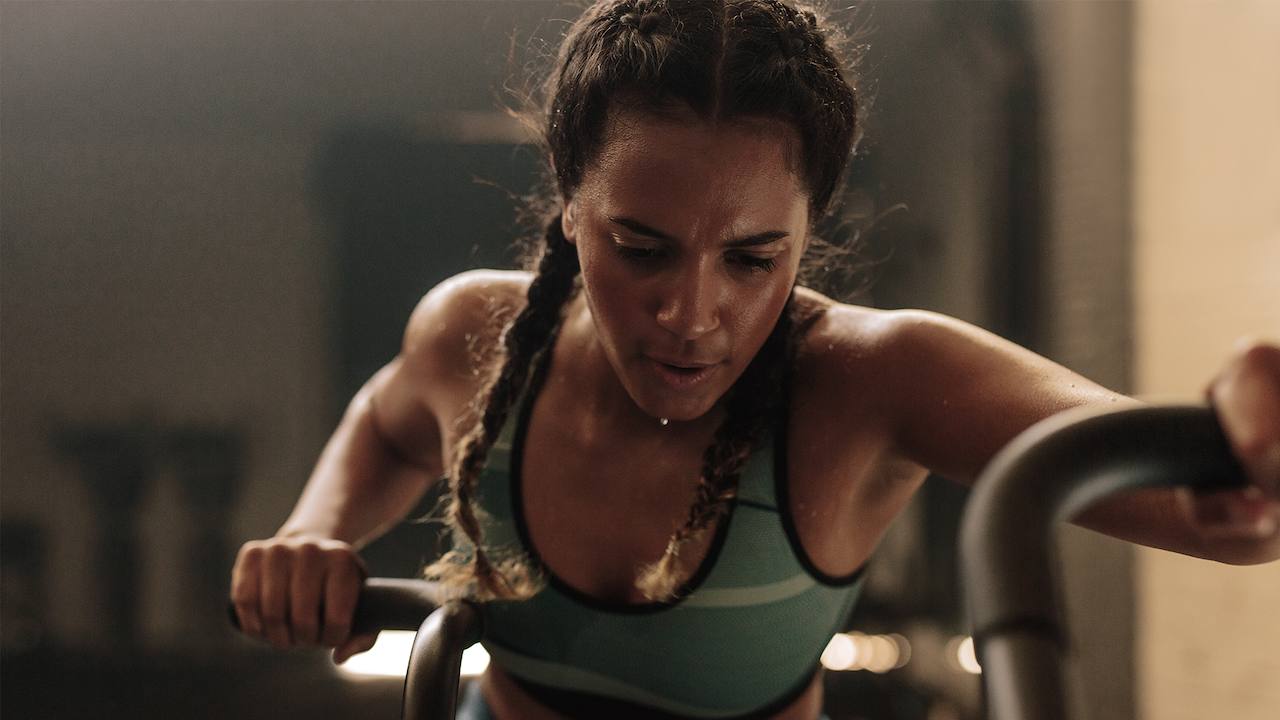Show Menopause Who's Boss


With Mother’s Day right around the corner (in most countries!), I thought now would be a good time to celebrate the strength of the women who raised us and just how far we’ve come when it comes to navigating menopause.
When I first started researching menopause for my book, Next Level, I knew we needed more education and awareness, but I had no idea how it would be received.
Back then, the “M” word wasn’t something people talked about openly. It was completely normal to go through menopause in silence because there was so much stigma about “the change of life.”
A 2019 study found that of 177 resident physicians in family medicine, internal medicine, and even obstetrics/gynecology, 20% received zero lectures on menopause during their training. Fewer than 7% reported feeling prepared to help manage the care of women through their menopausal years. And that’s the modern-day medical field!
So yes, if you’ve felt forgotten by science or misunderstood by your doctors, there’s a large chance it’s because they are simply unaware of the wide spectrum of symptoms associated with perimenopause and menopause.
If you’re in your 40s and beyond, then your body is evolving—but it doesn’t mean you have to stop doing all of the things you love. With the right science and strategies, you can thrive, not just survive. Here are a few ways to do exactly that:




